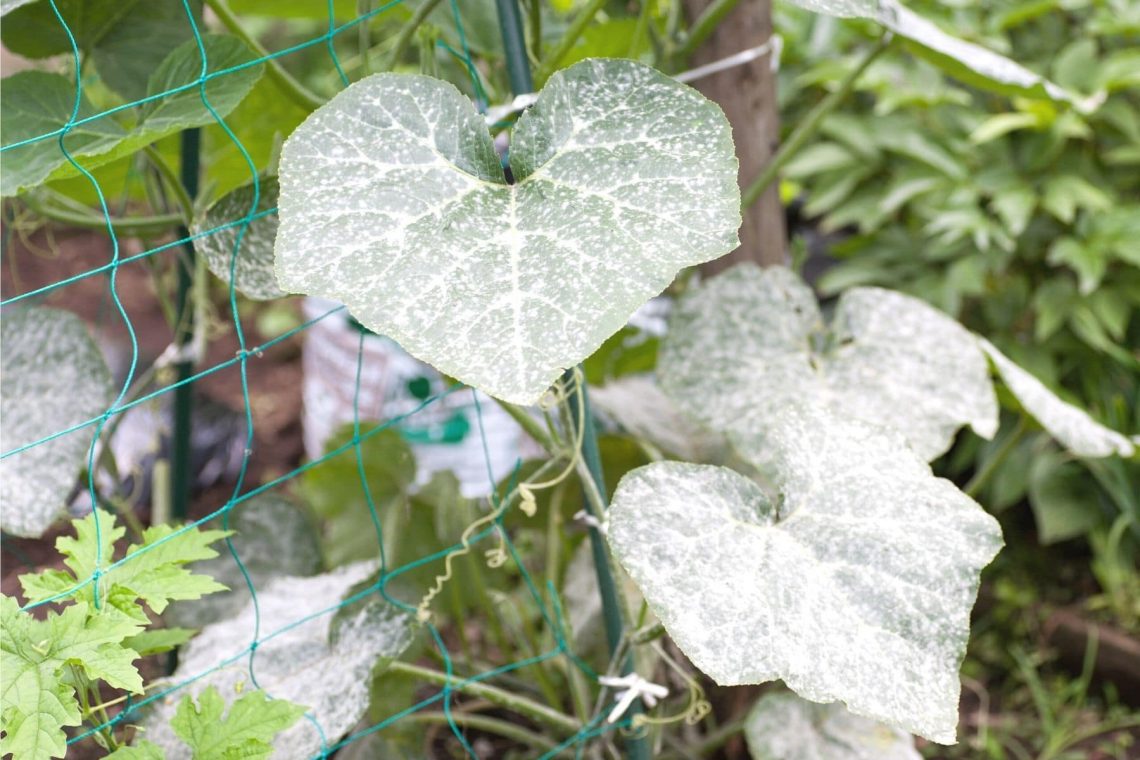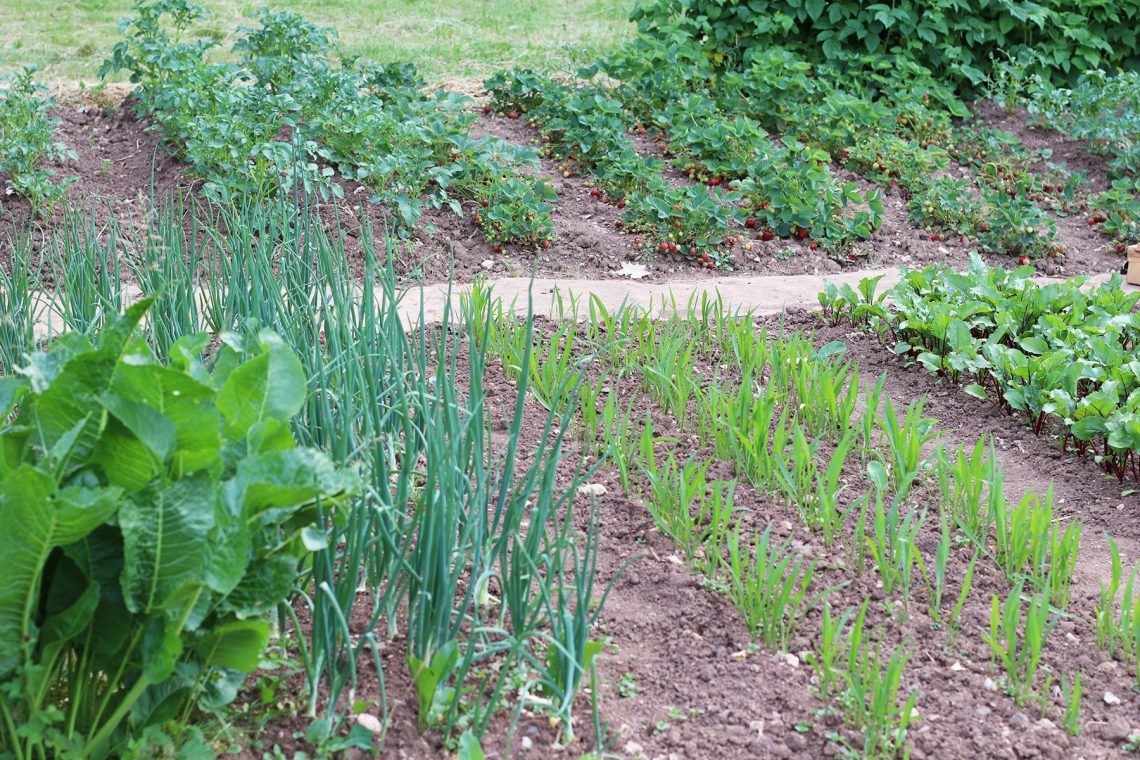Tomatoes and cucumbers are among the most popular vegetables and can be cultivated not only in the garden, but also on the terrace and balcony. But do the two species get along at all? Or should tomatoes and cucumbers rather not be planted together?
- Tomatoes and cucumbers unsuitable bed neighbors
- different needs in terms of humidity
- risk of infection with blight and / or powdery mildew
- both are highly nutritious, therefore food competition is inevitable
- joint cultivation only possible under certain conditions
Contents
Different requirements
The answer to the initial question is quite simple: tomatoes and cucumbers do not get along and therefore should not be planted together in one bed or in the greenhouse. If you do, you can expect either stunted growth and poor harvest in tomatoes or in cucumbers. The reason for this incompatibility is the different needs of the two species in terms of humidity:
- dry air, sun and comparatively cool temperatures for tomatoes
- humid air, sun and warmth for cucumbers.
Cucumbers, originally from tropical Africa, still need high humidity in addition to warm temperatures (which must never drop below 12 degrees Celsius!). Tomato plants, on the other hand, cope very well with lower temperatures and dryness. If the humidity is too high, the nightshade plant develops the dreaded late blight, which often destroys the harvest.

Tip: Against blight or even tomato rot helps spraying with field horsetail liquid manure or onion broth from own production. However, this measure is only preventive and should be carried out regularly.
Cucumber problem powdery mildew
While tomatoes quickly become infected with blight when humidity is too high, cucumber plants are often affected by powdery mildew. The fungal infection, recognizable by the wipeable, mealy coating on the leaves, quickly spreads to neighboring plants, affecting their growth and fruit development. This reason also argues for not growing the two cucumbers and tomatoes together.

Tip: Against mildew helps spraying with milk. To do this, mix one part whole milk (not UHT milk, but raw milk if possible) with nine parts water. Stale tap water or rainwater is best.
Plan mixed culture correctly
In principle, mixed culture is of course recommended, provided that the selected plants harmonize with each other. Mixed beds are more resistant to pathogens and pests, and the different plants also influence each other’s growth and fruit development. In order for the positive effects of mixed cultivation and crop rotation to take effect, you should take these rules to heart:
- do not put any strong eaters together
- strong growers are always followed by medium growers and finally by weak growers
- do not cultivate plants of the same plant family together or one after the other
- species should have the same requirements in terms of soil and location

Cucumber and tomato both belong to the group of heavy eaters, which is why, planted together in the bed, they become food competitors. They take away important nutrients from each other, which is why often either one or even both species grow only meagerly.
Criteria for joint cultivation
Despite all the prophecies of doom, there are still many gardeners who plant cucumbers and tomatoes together and have had good experiences. In fact, the joint culture works, but only under certain conditions and increased maintenance. For the culture in the greenhouse, you should follow about these rules:
- Tomato plants in the front area near the entrance door.
- alternatively along the side with the ventilation openings
- Cucumber plants to the rear, more shaded area away from the entrance door
- do not place along ventilation openings

Of course, this method of cultivation works only in larger greenhouses of at least eight square meters and a height of at least 150 centimeters. Also, the ventilation windows should be located only along one side or in the front area. This way you manage to divide the greenhouse into two different climate zones, creating good conditions for both types of plants.
Tip: In the bed or raised bed, both crops should not be planted directly next to each other, but at opposite ends. You should also allow cucumber plants to grow in height, this will reduce the space required in width.
Frequently asked questions
Which plants get along well with tomatoes?
Tomatoes harmonize very well with lettuces (e.g., head lettuces and pick lettuces) as well as herbs (e.g., parsley and peppermint), spinach and bush beans, which shade the soil and can thus retain moisture in it better. Carrots, parsnips, celery and radishes are also good neighbors, as these loosen the soil, making more room for the tomato roots. Garlic and leeks keep pests away with their essential oils, as do the pretty-looking marigolds.
What are good neighbors for cucumbers?
Bush beans, garlic, leeks, lettuce, celery and spinach also socialize well with cucumbers. In addition, dill and borage, as well as peas, fennel, kohlrabi and onions harmonize very well with the popular vegetable. The bulbous plants (Allioideae) successfully keep away pests, especially the whitefly. Otherwise, plant low-growing, low-growing herbs and vegetables to avoid competition in the bed.
Can cucumbers and peppers be planted together?
Like potatoes and tomatoes, peppers are also members of the nightshade family. They have very similar needs in terms of location, soil, temperature and humidity as their relatives and therefore should not be planted together with each other or with cucumbers. For peppers, it is better to choose different types of cabbage, lettuce, spinach, as well as garlic and onions as neighbors. The same applies to chili plants.

